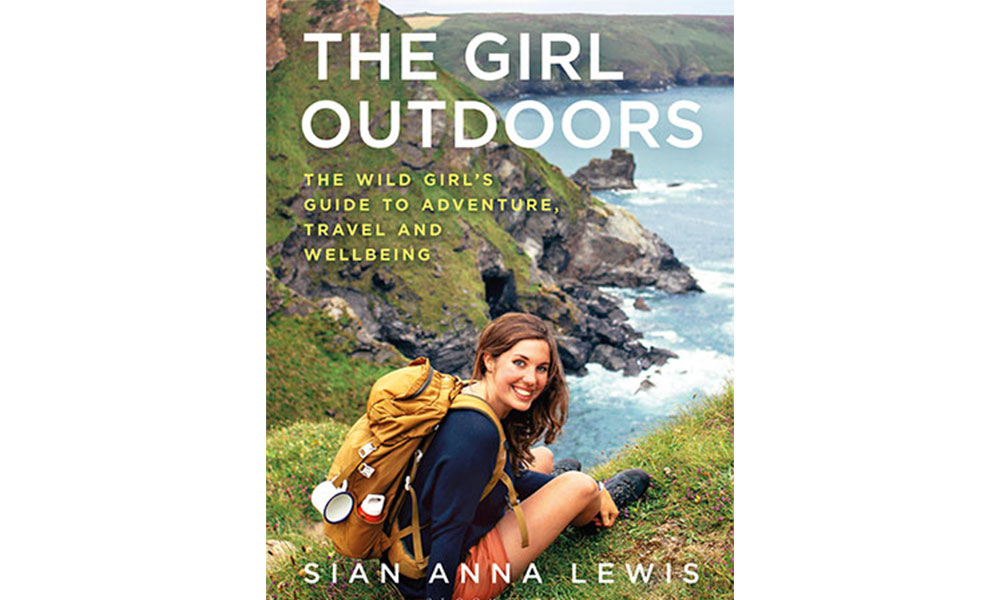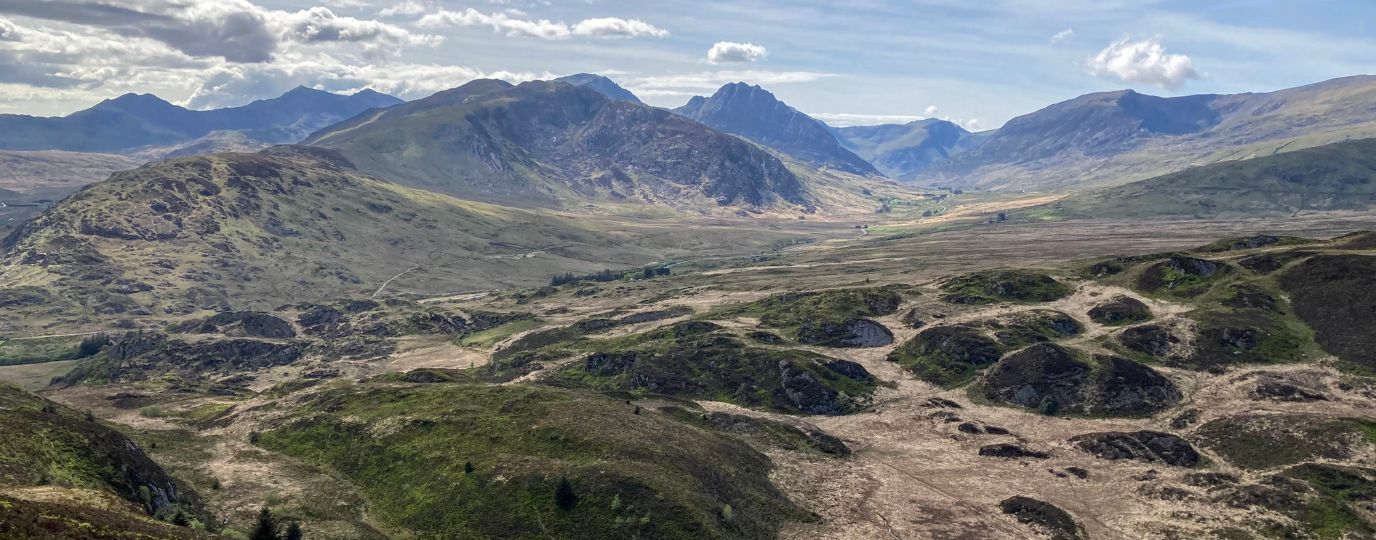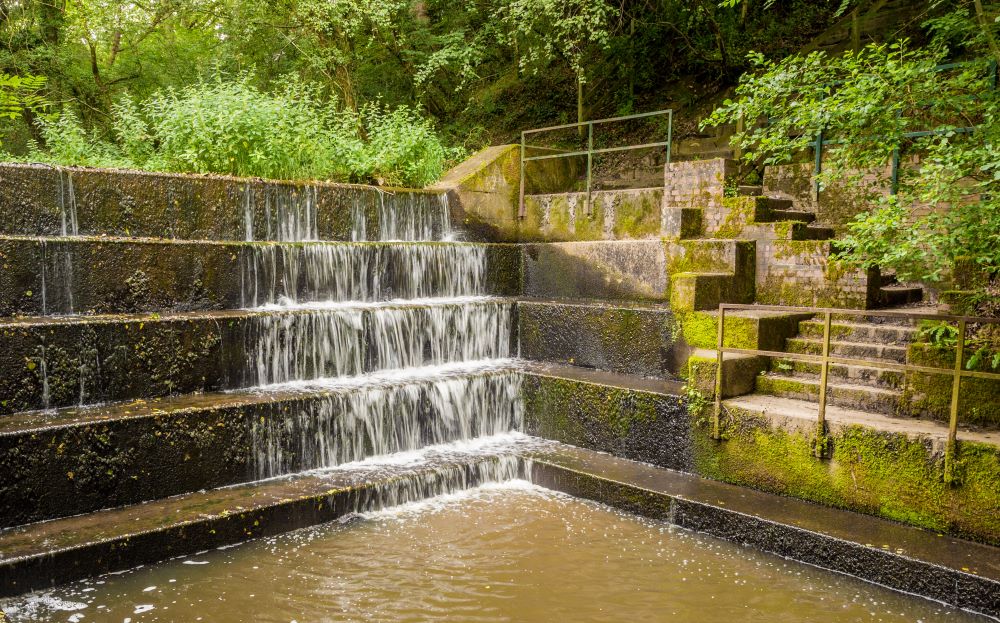Climbing can be safe, suitable for lots of levels of fitness and ability and – the best bit – seriously addictive and tremendous fun. Keen climber, Sian Lewis, explains the different types of climbing and how you can get started.
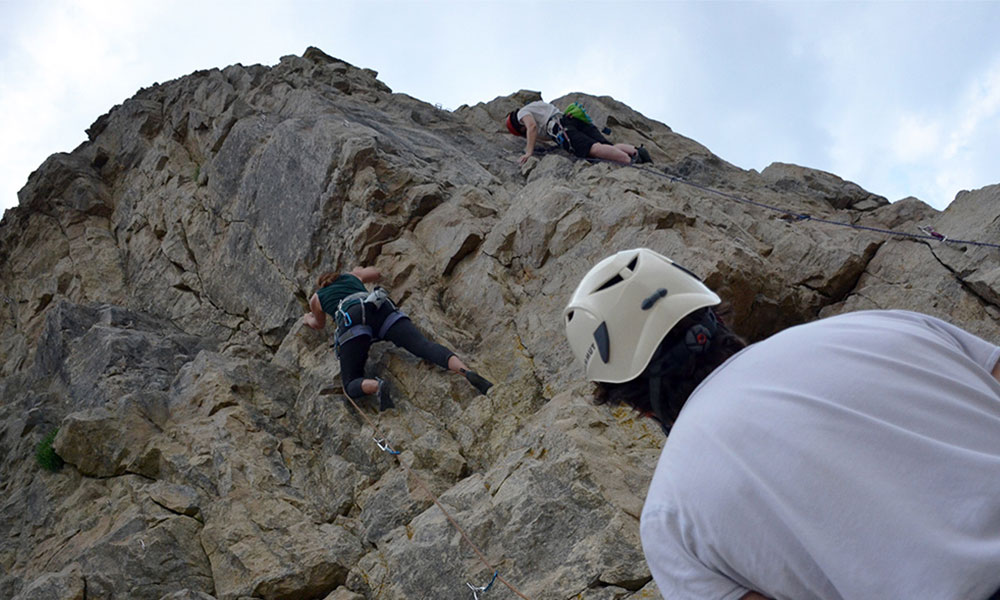
Rock climbing
Rock climbing can look pretty intimidating at first sight. Photos of pro climbers gripping tiny holds with a single chalky finger or swinging wide above canyons on very thin-looking ropes don’t do much to endear the sport to newbies, especially if you’re not too keen on heights.
But if you try climbing out in a supportive, beginner-friendly environment, especially with help from an instructor, you’ll quickly realise that what is perceived as an extreme sport can also be safe, suitable for lots of levels of fitness and ability and – the best bit – seriously addictive and tremendous fun.
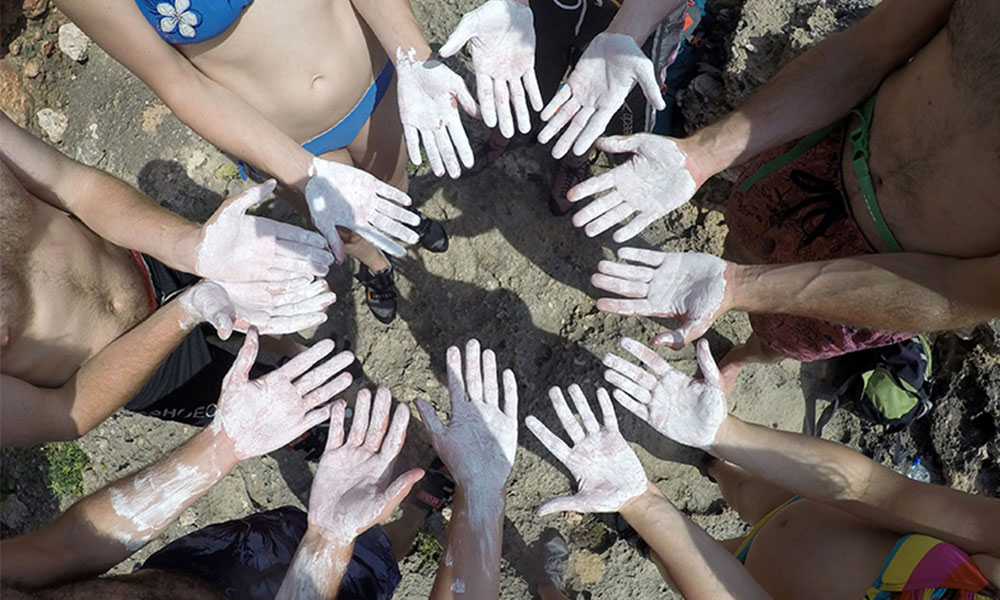
Climbing is a brilliant way to tame a fear of heights, achieve tangible goals, meet new people and explore some incredible, remote places. It’s also fantastic for all-over fitness and a huge confidence builder – if you’d told 18-year-old me that one day I’d be climbing weekly and regularly venturing outdoors to shimmy up sheer rock faces and abseil off cliffs, I’d have laughed at you.
Now, I’m far more confident when it comes to heights, and climbing has really improved my general fitness and flexibility, too.

I climb indoors in the winter, and it’s partly because I enjoy doing something active with friends on cold, dark nights. But whilst climbing is definitely a very sociable sport, it’s also about overcoming solo challenges, which I think is beneficial for mental health, too.
There’s something very restorative about setting your brain to work on a route – it clears your mind of workaday worries and technology addictions and lets you focus fully on something physical.
There are two main kinds of climbing for beginners to sample.
Bouldering
Bouldering is climbing on low rocks, close to the ground and with no ropes or protection. It’s not about gaining a lot of height, but more about solving the problem of how to get to the final hold without falling off (if you do fall, it’ll be safely onto a crash mat). It’s great for first timers, as there’s no fear of heights to conquer, so you can get used to the basics of climbing and gain confidence.
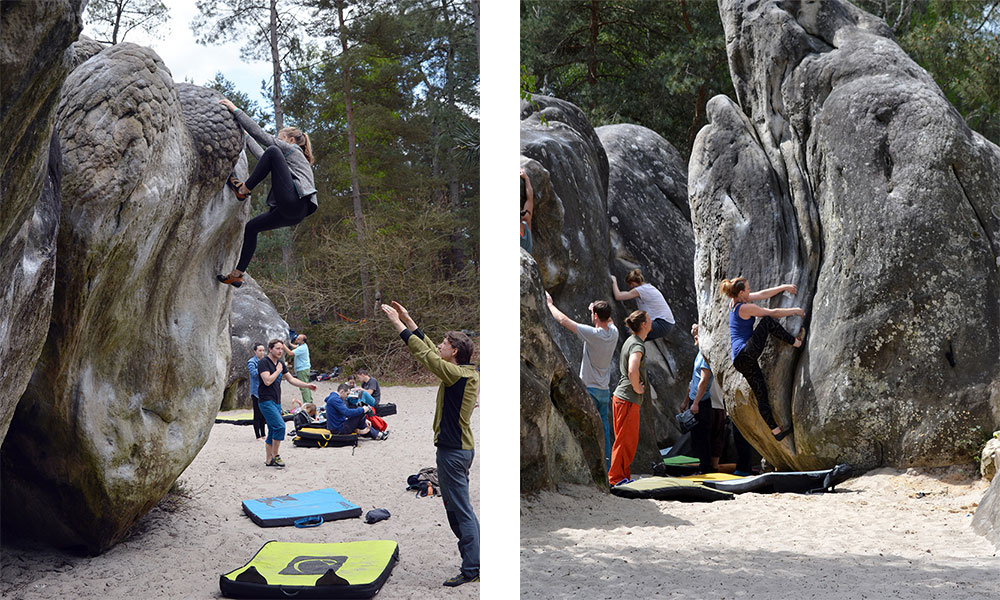
Sport climbing
Sport climbing is climbing with a harness and a rope, indoors or outdoors, and using the permanent anchors (or ‘bolts’) which have been established on set routes to tie yourself on to the wall.
This is in contrast to Trad (from traditional) climbing, which takes place outdoors and which involves taking your own equipment, or ‘gear’, with you, and inserting it into gaps in the rock to secure your rope to. The former is more beginner-friendly than the latter, and it’s also easy to try sport climbing indoors at a climbing wall with an instructor or an experienced friend.
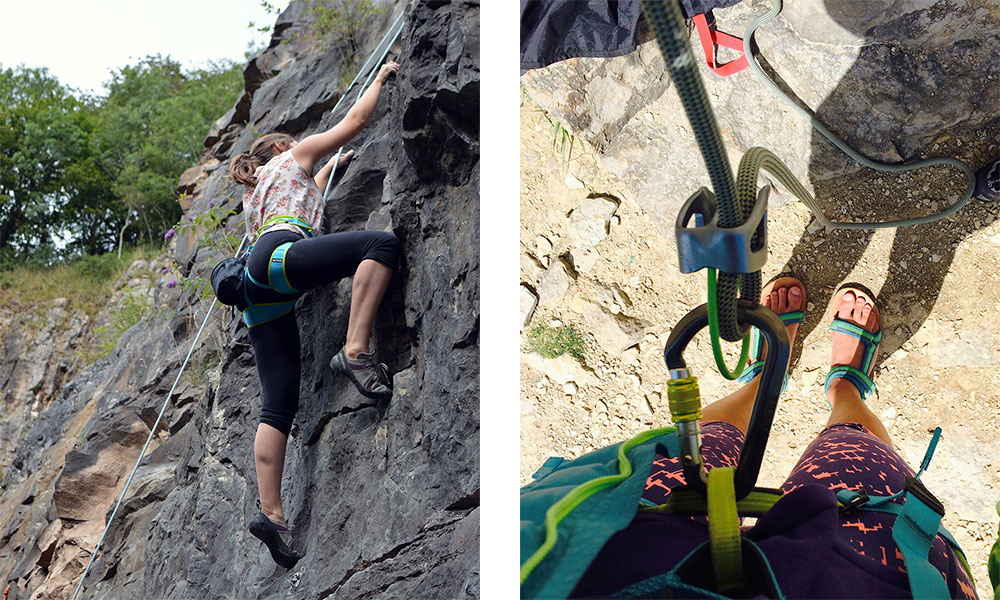
Start by finding your local wall (find a list via the British Mountaineering Council) – many of them have both bouldering and roped sections, so you can try both disciplines. They’ll usually offer regular beginner sessions where you’ll get to meet and learn with other beginner climbers, and they’re designed to make you feel comfortable and safe, and let you learn at your own pace. Many offer female-specific and family-friendly sessions too.
Don’t let age, size or fitness levels hold you back – there are all kinds of climbers, and there’s a climbing discipline to suit almost everyone. You might even be astonished by how strong and supple your body is, and by how brave you can be when you get to the top of your first route.
Sian Anna Lewis is a travel and outdoors writer and editor of The Girl Outdoors blog and book available to buy here.

